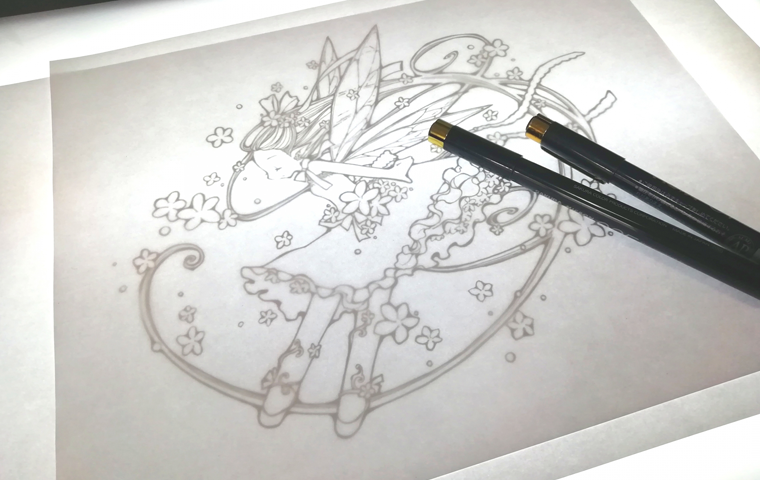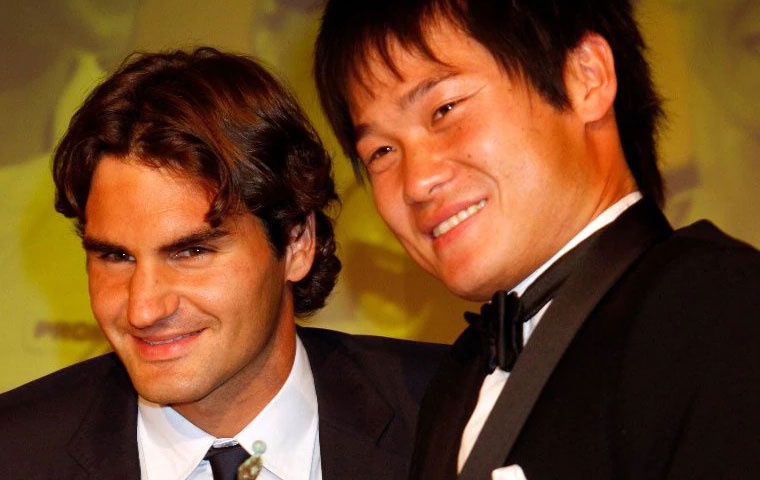Eguchi Hisashi’s “Trace Plagiarism” Scandal Sparks Widespread Controversy
Related Articles
A Famous Manga Artist Faces “Trace Plagiarism” Allegations

Veteran manga artist and illustrator Hisashi Eguchi (69), known for hit works such as Stop!! Hibari-kun!, is under intense criticism after being accused of tracing a third party’s photograph without permission for a commercial illustration.
The term “torepaku”—a Japanese internet slang combining “trace” and “pakuri” (plagiarism)—became the focus of major public attention in October 2025. The controversy began with a poster Eguchi created for Lumine Ogikubo’s “Chuo Line Culture Festival 2025”.
It was discovered that the woman’s side profile depicted on the poster was traced from a selfie posted on social media by model Q Kanai, who publicly questioned whether her image had been used without consent.
Eguchi explained that he “used a side-profile photo seen on Instagram as a reference” and claimed on X (formerly Twitter) that he obtained Kanai’s permission afterward. However, the fact that he initially used the image without consent only intensified the backlash.
Criticism against the renowned creator spread rapidly online, and users began uncovering other instances where Eguchi’s past works appeared to trace photos taken by others—further amplifying the scandal.
Expanding Fallout: Companies and Municipalities Respond

Following the scandal, companies and local governments associated with Eguchi scrambled to respond. Lumine Ogikubo, which had commissioned the poster, issued a statement on October 6 saying it “takes the issue seriously and will discontinue all use of the problematic visual.”
A planned talk show featuring Eguchi at the same event was also canceled. On the same day, Denny’s Japan announced that it would suspend its use of Eguchi’s illustrations in advertisements, and Saison Card, a major credit card company, followed on October 7, pausing all use of his artwork pending further investigation.
Kumamoto Bank stated on October 10 that, “in light of recent reports and circumstances, we have decided to suspend the use of Mr. Eguchi’s illustrations in our posters,” officially halting public display of the designs.
The repercussions reached beyond private companies—Kashiwa City in Chiba Prefecture temporarily removed a commemorative illustration by Eguchi created for the city’s 70th anniversary. The city explained that it was “reviewing the production process,” and deleted the image from its website.
Meanwhile, eyewear brand Zoff, operated by Intermestic Co., conducted an internal investigation into four campaign illustrations Eguchi had produced in 2018. On October 24, the company revealed that two of the four works had referenced magazine photographs without permission from the models or photographers. Zoff stated that it had since apologized and reached settlements with the rights holders.
The company added that while it did not deny Eguchi’s artistic expression, “the core issue lies in the insufficient consideration of rights during production and the inadequate confirmation and reporting of permissions.”
These responses suggest that companies and public institutions acted not necessarily because of the artworks themselves, but because of the compliance risks associated with their creation process.
Is “Photo Tracing” Illegal? The Debate Over Copyright and Portrait Rights
The controversy reignited debate over the legality of tracing photographs.
Artists have long used photos as references, and the act itself is not automatically illegal. The problem arises under copyright law when the “essential expressive features” of a photo are reproduced without authorization—this constitutes copyright infringement.
From the perspective of portrait rights, it becomes a violation when a person’s likeness is used beyond what they could reasonably tolerate in everyday life. In other words, if the traced image is so faithful that the individual is clearly recognizable, both copyright and portrait rights may be infringed.
Conversely, if the traced image is sufficiently altered so that the original photo’s individuality is unrecognizable, no legal issue arises.
In Eguchi’s case, while he initially lacked permission, he later obtained consent from Kanai, which formally resolved the portrait rights issue.
However, fans and experts continued to criticize his disregard for the photographer’s rights (in this case, the model herself, since it was a selfie) and the procedural flaws involved.
Some legal experts argued that Eguchi’s actions might be “technically within the bounds of copyright law,” yet many pointed to a pattern—other works by Eguchi were also suspected of referencing magazine or online photos without authorization, including the Zoff case.
As these revelations accumulated, criticism grew that Eguchi’s creative practices showed a lack of respect for others’ work and individuality.
Repeated Controversies and Their Implications — Calls for Artistic Ethics
Eguchi’s “trace plagiarism” scandal has drawn international attention as an issue of ethics and trust in Japan’s creative industry.
Similar controversies—such as the Tokyo 2020 Olympic emblem plagiarism case and illustrator Cotoh Tsumi’s tracing scandal—have previously sparked widespread social media backlash.
While the public naturally condemns unethical acts, the internet is also rife with unauthorized use of copyrighted and personal images, raising questions about the morality of online accusers themselves.
A Toyo Keizai Online column criticized the social media “sleuthing squads” who hunt for plagiarism sources, suggesting that they, too, may be “throwing boomerangs” in their zeal to enforce justice, and expressed discomfort with the growing trend of online vigilante justice.
The swift corporate responses reflect not only legal compliance but also the power of social media opinion in shaping corporate risk management. In today’s environment, a creator’s scandal can directly damage a brand’s image.
Eguchi initially posted, “I’ll explain later, please wait,” on social media, but later deleted the post. As of October 24, he has not issued an official apology.
The incident highlights that beyond legal boundaries, a creator’s ethical stance is under scrutiny. Even if something is legally ambiguous, acts that disregard respect for fellow creators and subjects can lead to the loss of public trust.
Similar issues have arisen abroad as well. In 2017, American contemporary artist Jeff Koons faced criticism for reproducing a Ukrainian artist’s work without authorization, but the controversy subsided once it was revealed that Koons had legally licensed the original.
This illustrates that respecting others and obtaining proper permissions are universally essential to avoiding such conflicts.
Ultimately, this Japan-originated controversy serves as a powerful reminder to all creative professionals of the importance of verifying rights and maintaining ethical awareness in artistic production.
Would you like me to adapt this English version into a natural news-style article (for example, suitable for an English-language blog or magazine), rather than a direct translation? I can make it read more like an authentic English news feature while keeping all key details.



